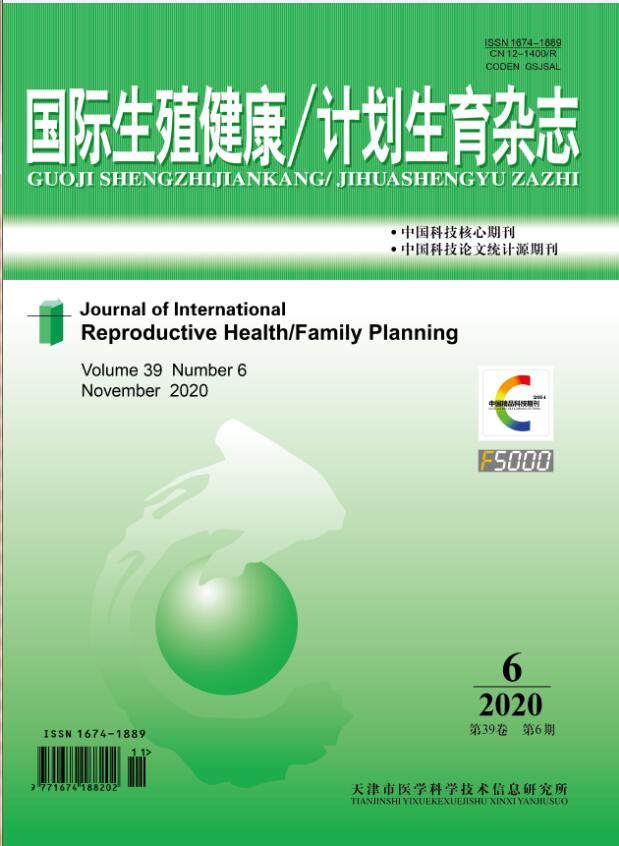|
|
The Tubal Function Index Developed by Delphi Method was Used in Tubal Infertility
HOU Hai-yan;LAN Xiao-xia;CHEN Jun;SUN Yang;CHEN Ya-qiong;YANG Zhen-hua
2016, 35 (3):
196-201.
Objective: To develop the index system, an estimative system for tubal function in patients with tubal infertility, which provide scientific evidence for the prognosis follow-up visit and the postoperative pregnancy guidance. Methods: According to the literature retrieval and our clinical practice, we designed the expert questionnaire. With this expert questionnaire, the index system was developed to evaluate the tubal function after reproductive surgery by the three-round Delphi method and analytic hierarchy method. Results: The authoritative degree after the three-round expert questionnaire was 0.426, with the statistical significance(P<0.05). The Kendall coefficients of concordance of the first-dimension to the fifth-dimension were 0.625-0.630, 0.600-0.640, 0.595-0.630, 0.585-0.655 and 0.595-0.650. This index system was constituted with 2 first-dimension, 6 second-dimension, 19 third-dimension, 31 fourth-dimension and 33 fifth-dimension after three-round expert consultation. In all of the indices, the factor of tubal patency in tubal infertile patients after reproductive surgery had the highest weight (0.673). For the weight of tubal patency, it is higher in the bilateral than unilateral tubal patency, the original than recanalized patency, while it is the lowest in the bilateral obstruction. For the weight of tubal morphology, it is higher in the bilateral tubal patency with normal original morphology than others, the morphology and construction of fimbria than the relative location of tube and ovary, and the fimbria atresia than salpingostomy in hydrosalpinx, while it is higher in the peri-tubal adhesion than tubal angulation. For the weight of tubes with abnormal morphology after surgery, it is lower and lower from the fimbria without freedom, the continued abnormal fimbria after salpingostomy to the abnormal mucosa of hydrosalpinx. Conclusions: The index system developed by Delphi method for tubal function evaluation in tubal infertility is reliable and valid, which provide scientific suggestion for the reproductive surgical prognosis and guidance of postoperative pregnancy.
Related Articles |
Metrics
|

